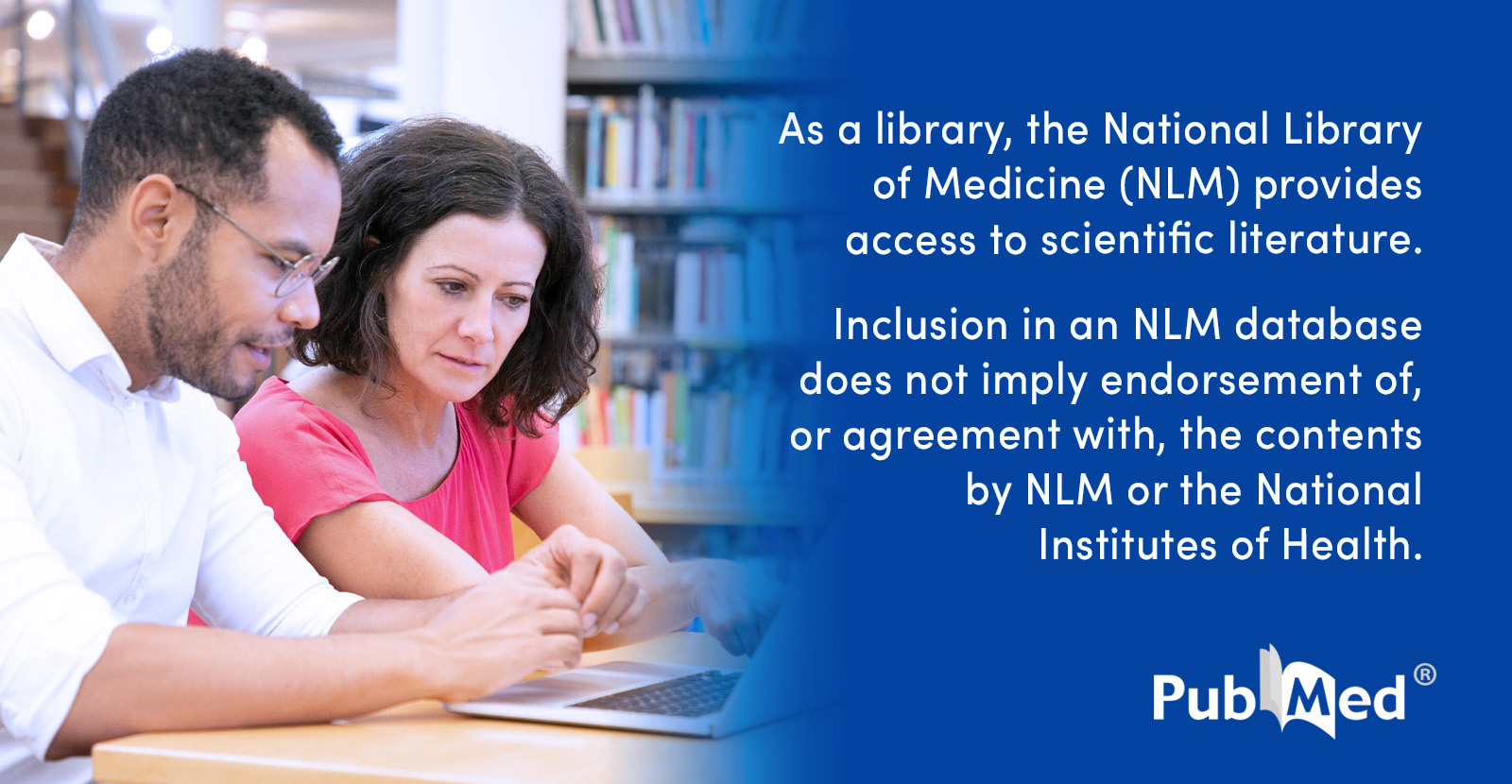
Glioblastoma, the most prevalent and aggressive form of primary brain cancer, continues to pose a significant challenge in neuro-oncology due to its poor prognosis and minimal response to treatment. Recent research is shedding light on the tumor microenvironment’s role in hindering effective therapy, with a new focus on the involvement of astrocytes.
Astrocytes, star-shaped glial cells abundant in the central nervous system, play critical roles in maintaining brain homeostasis and supporting neuronal function. However, emerging evidence suggests that they may also contribute to the immunosuppressive landscape observed in glioblastoma tumors.
The tumor microenvironment in glioblastoma is characterized by a complex network of cellular and molecular interactions that suppress the body’s anti-tumor immune response. This immunosuppression is a major barrier to the success of emerging therapies, including immunotherapies that have shown promise in other types of cancer.
The new findings indicate that astrocytes may help sustain this immunosuppressive state, potentially by releasing signaling molecules that modulate immune cell function or by directly interacting with immune and tumor cells. By fostering a protective niche for glioblastoma cells, astrocytes may inadvertently support tumor survival and progression.
Understanding the mechanisms by which astrocytes influence the tumor microenvironment could offer new therapeutic targets. Modulating astrocyte activity or disrupting their interactions with glioblastoma cells could enhance the efficacy of existing treatments and open the door to novel interventions aimed at reactivating the immune system’s ability to fight this lethal disease.
The study underscores the need for continued research into the microenvironmental factors that contribute to glioblastoma’s resistance to therapy. As scientists delve deeper into the roles of non-cancerous cells like astrocytes, the hope is to develop more effective treatment strategies that can overcome the tumor’s defenses and improve patient outcomes.
Source: https:// – Courtesy of the original publisher.








